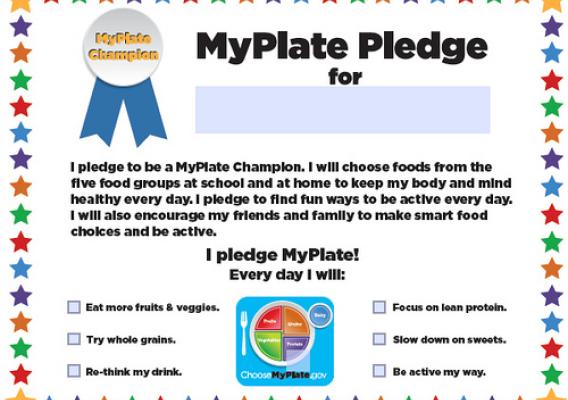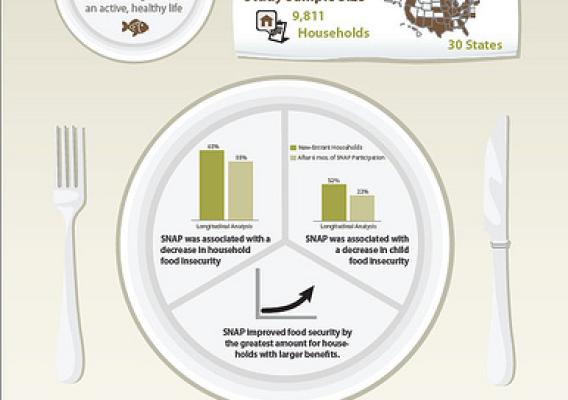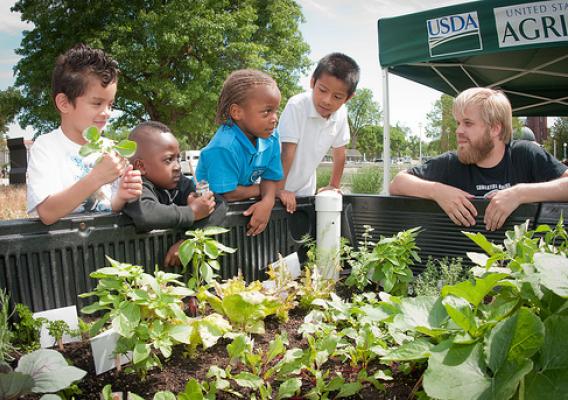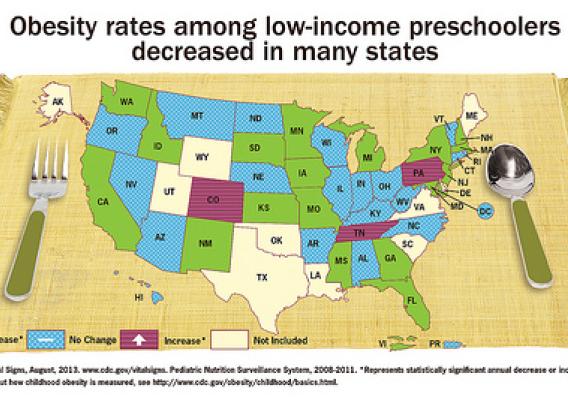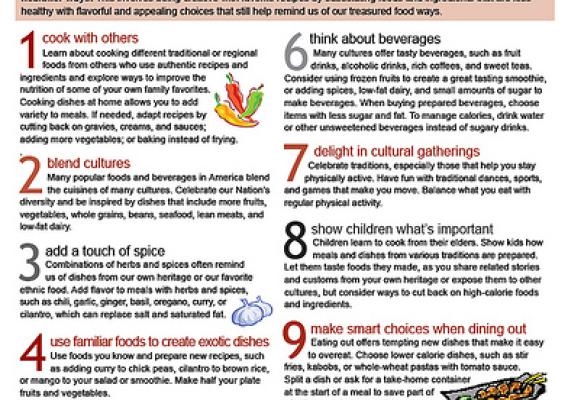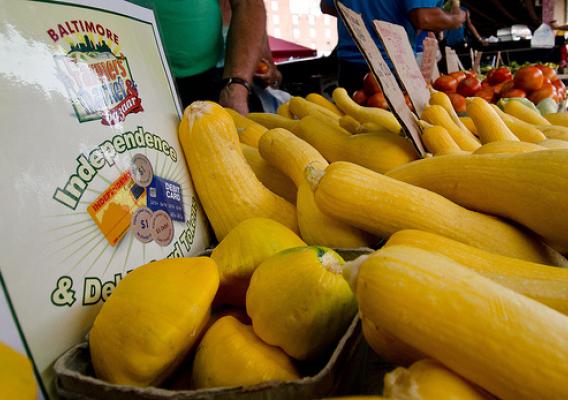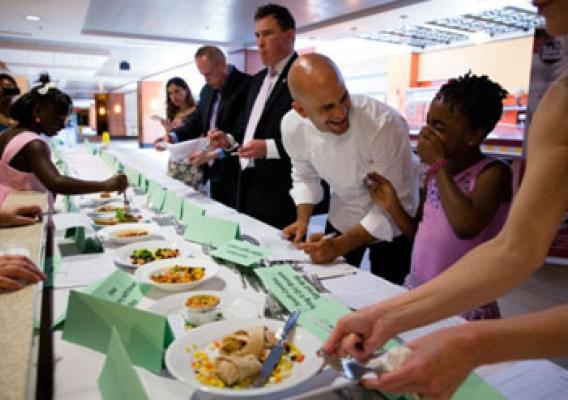As a public affairs specialist, promoting and publishing information about federal nutrition assistance programs to partners, media and the public is a key part of the job. But I don’t often get to see the real day-to-day operation of these programs. I have attended summer program kick-off events and visited other program sites for special events. But, I recently got another perspective. I accepted an offer from our regional Special Nutrition Programs branch to participate in a Summer Food Service Program review.
This cross-training experience provided a first-hand look at how the program works from the inside. I learned how our regional staff and state partners monitor sponsors and sites to make sure they are in compliance with rules and regulations to ensure program integrity and healthy summer meals for kids. Regional Food and Nutrition Service staff is responsible for program oversight and must conduct reviews of new private, non-profit sponsors and sites, often alongside the state agency. At last count, there were 17 of these new sponsors approved in Texas, with 61 new sites.


